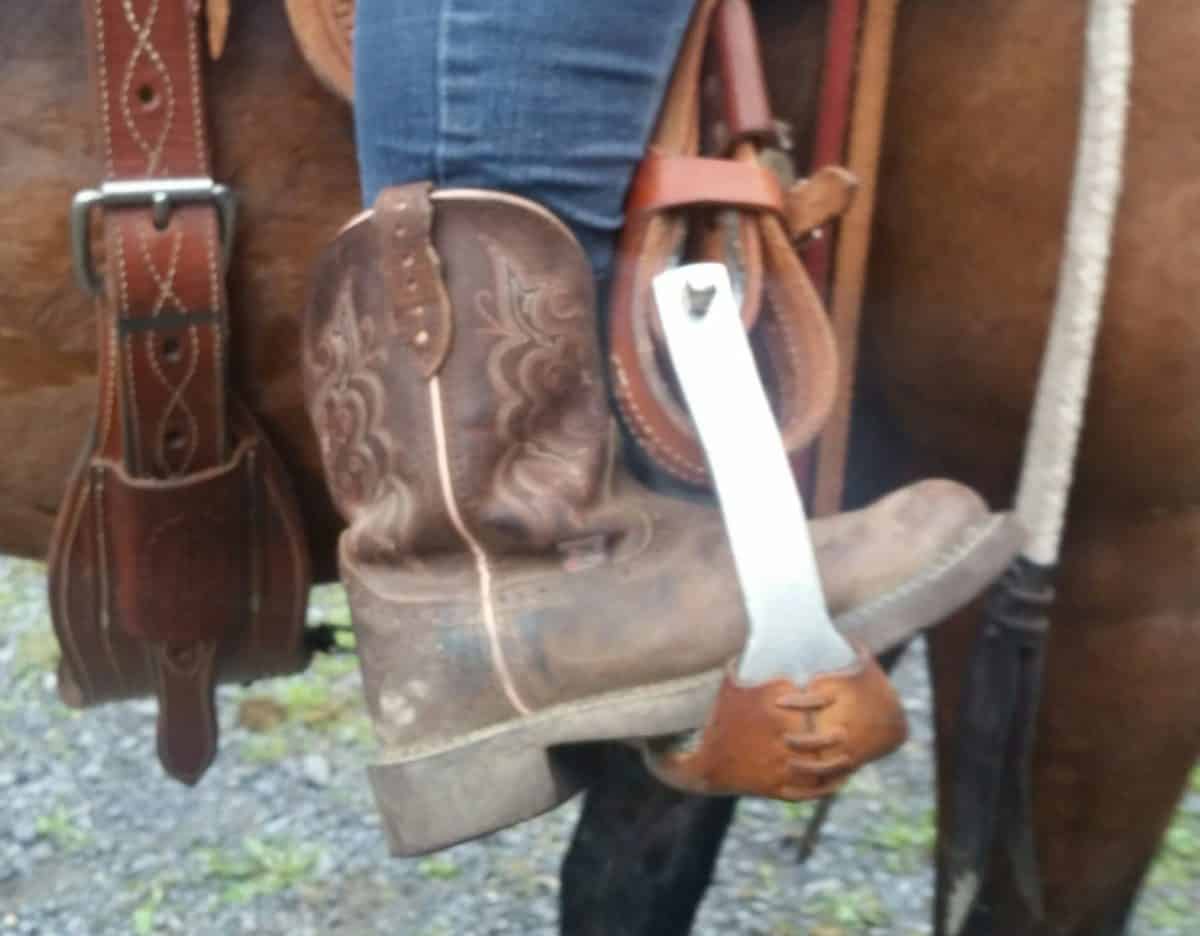
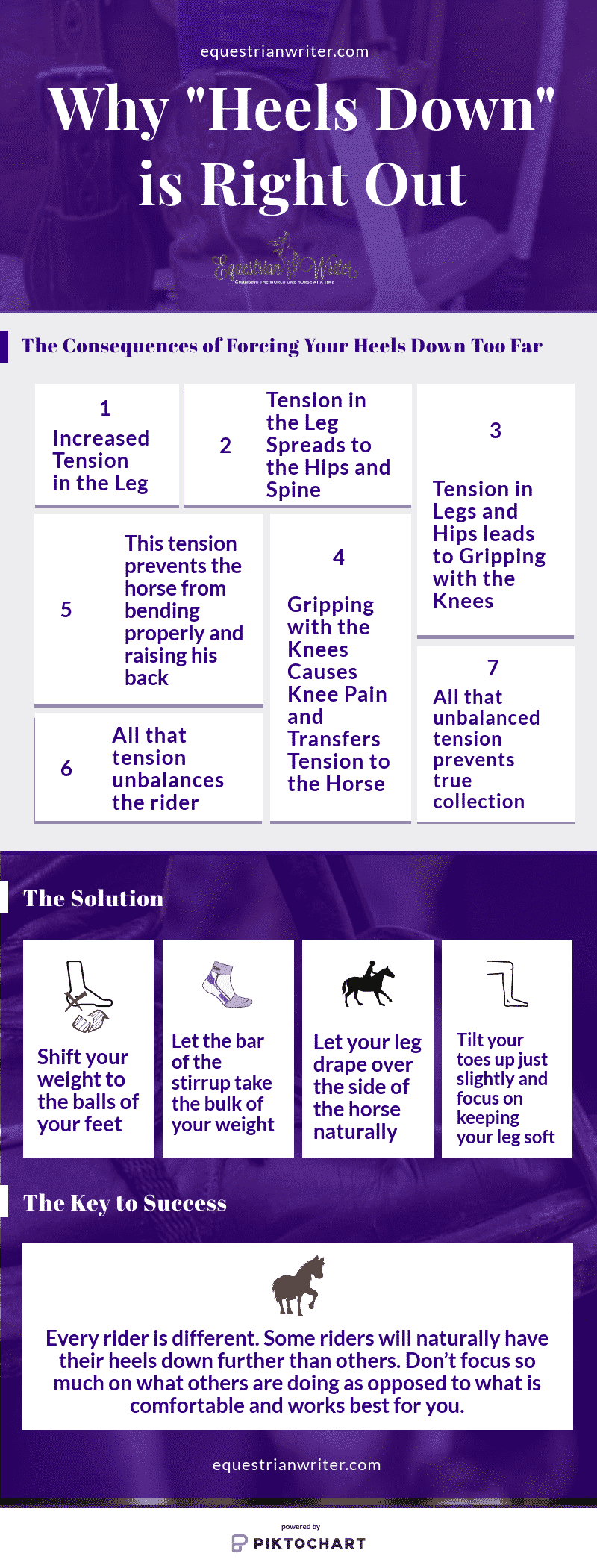
No matter your level of riding, we’ve all been there. Constantly fighting to keep those heels down. It’s a mantra that get drilled into us from day one. But is the old mantra of heels down doing more harm than good?
The Mechanics of “Heels Down”
First, let’s look at the mechanics of “heels down.” Putting your heels down means you are pushing them down. This requires you to shift your weight to the back of your foot. This, incidentally, shifts your weight through the rest of your body, pushing you back in the saddle. If you’re not careful, this can cause bracing. It can also cause tension through the leg as you attempt to force all that weight back on your heels, again leading to bracing and unbalancing your seat.
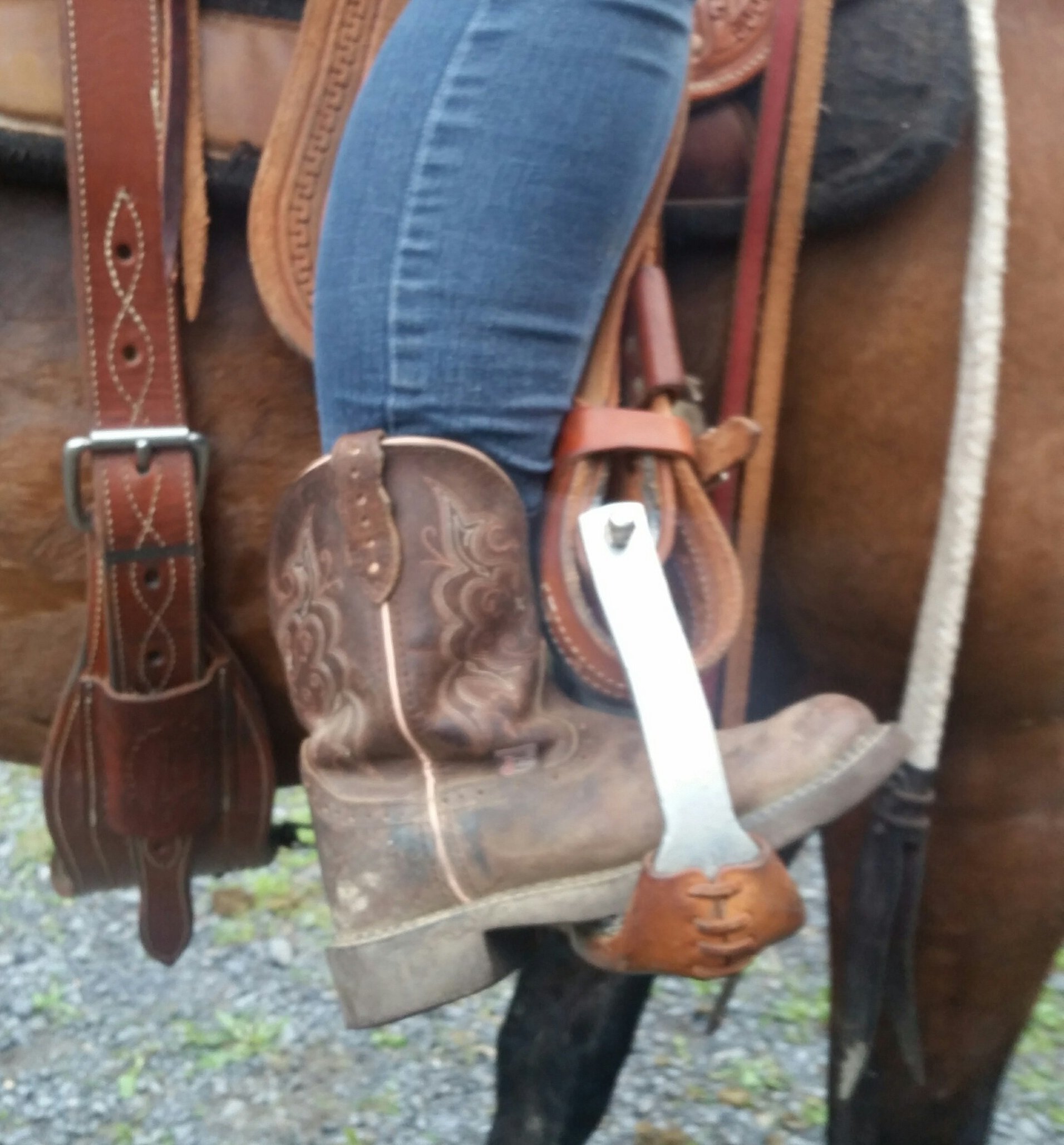
If you’re a rider who has problems constantly gripping with your knees, your problem might actually be in your ankles. Forcing your heels too far down causes you to grip with your knees due to increased tension through the leg.
Tension through the leg also leads to sore joints, especially in the knees. So if you are a rider who suffers from knee and ankle pain, that tension may be coming from the fruitless battle to keep your heels unnaturally low.
Related Content: The Art of Neck Reining
The tension caused by forcing your heels down can even have long-term negative effects on your horse. A stiff seat and braced knees prevent the horse from moving freely. In some maneuvers it prevents him from achieving the bend he needs and in others it prevents him from achieving the straightness he needs for correct movement. This leads to him cheating and finding creative ways to work around your stiffness.
After awhile, this affects his muscles tone because he is not able to use his body correctly. Depending on the degree of tension he has inherited from you, he may begin to experience long term soundness issues. The most common soundness issue caused by a rider with a tense seat and braced legs is back pain. It is all too easy in these cases to unwittingly cause your horse to hollow his back and move incorrectly, meaning it can actually prevent you from achieving true collection.
[clickToTweet tweet=”#Tipoftheday Forcing your heels too far down leads to bracing and unbalances your seat. #247equestrian” quote=”Forcing your heels too far down leads to bracing and unbalances your seat.”]
The Solution
Stop worrying so much about where those heels are. Instead, focus on shifting that weight to the balls of your feet. The balls of your feet should be directly over the bar of the stirrup and taking the bulk of your weight. This will increase you balance and stabilize your seat. Then, instead of putting your heels down, tilt your toes up. Let your heels fall where they fall.
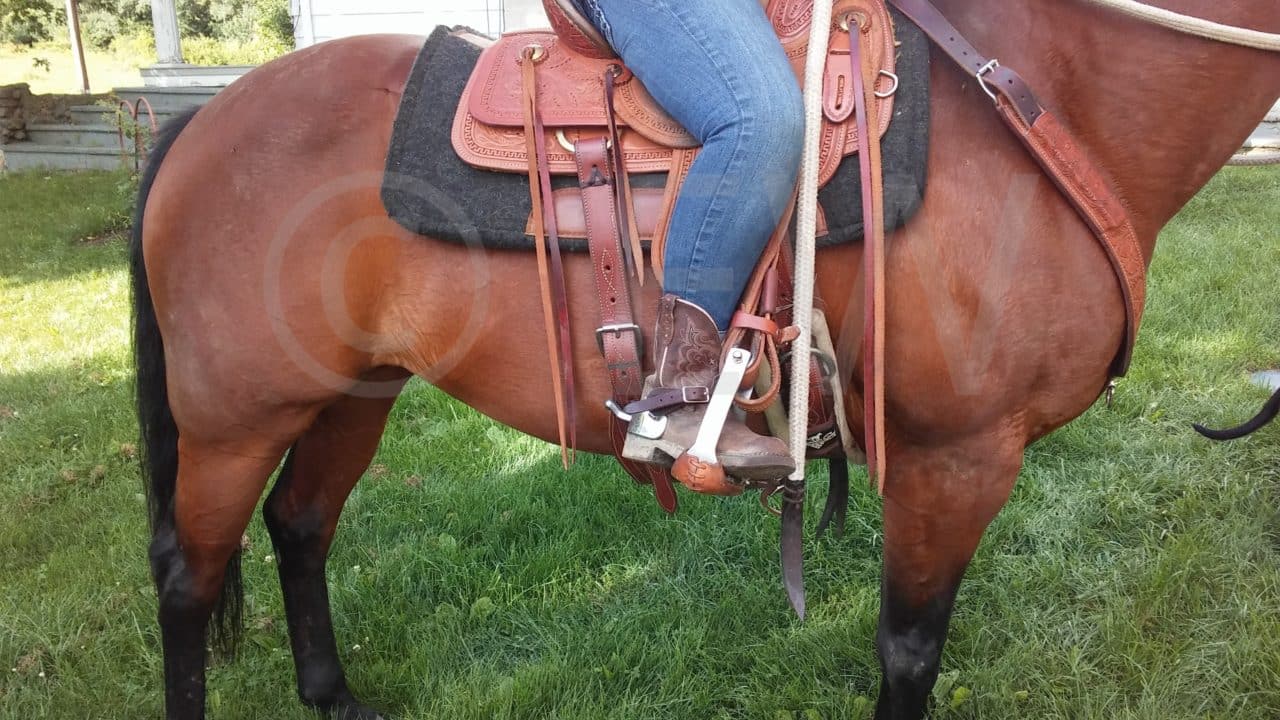
Focus on achieving softness in your leg. Your leg should drape over the horse’s side. There should be no stiffness in the joints. You cannot expect your horse to be soft and supple if you as the rider are not soft and supple.
Keep in mind though, every rider is different. Some riders will naturally have their heels down further than others. Don’t focus so much on what others are doing as opposed to what is comfortable and works best for you.
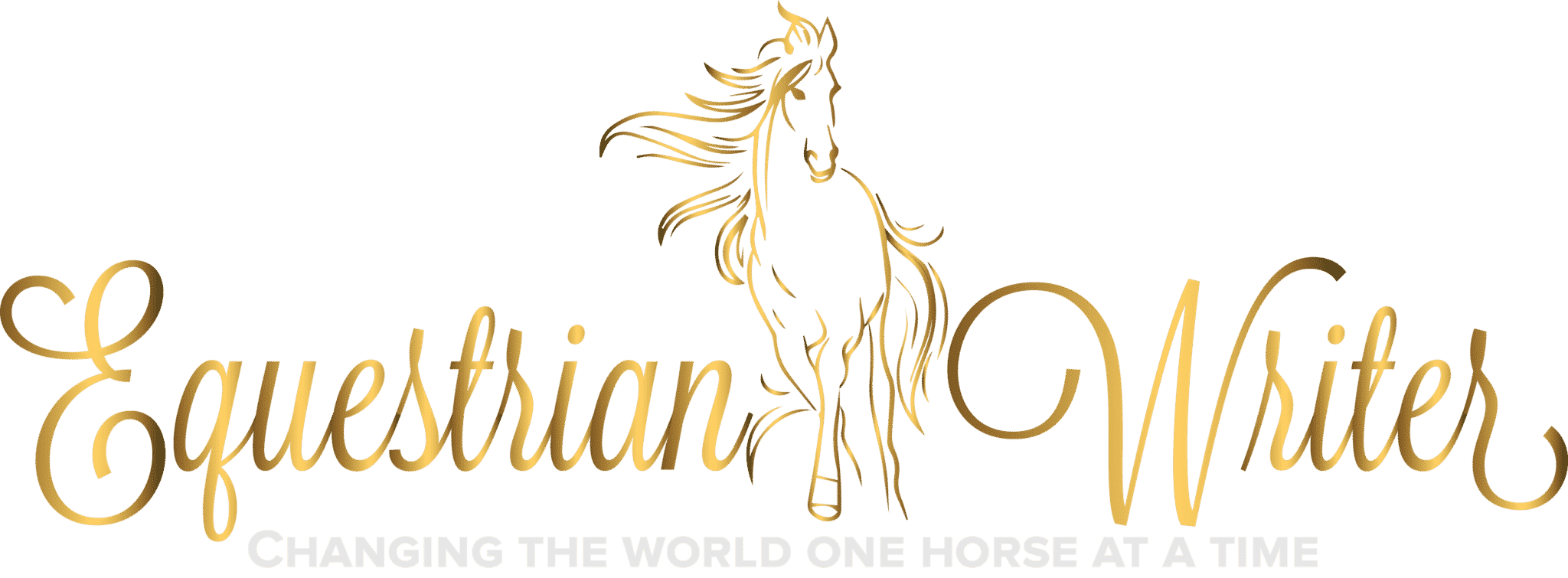






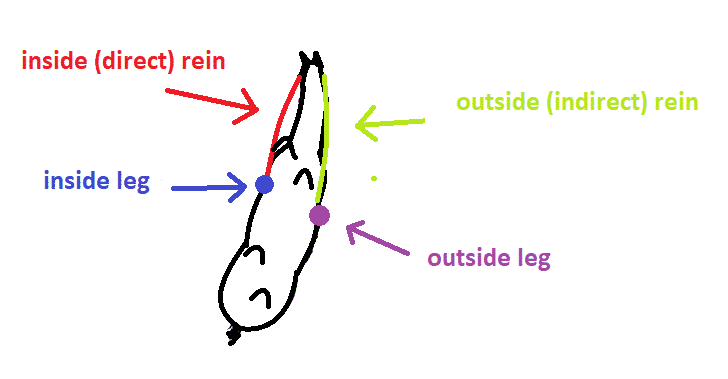


I am so glad that you wrote this! Its something i have been wondering about FOREVER!!! can you post where you got the inspiration for this post? Id love to read and learn more!
Great work!
Oh my gosh! Thank you for posting this! I haven’t ridden 8n 13 years. However, I still have problems with one of my ankles from my instructor telling me my heels weren’t low enough.
I’ll be buying my first horse as an adult in the next year or so, and was dreading the pain my ankle would be in. This all makes so much more sense.